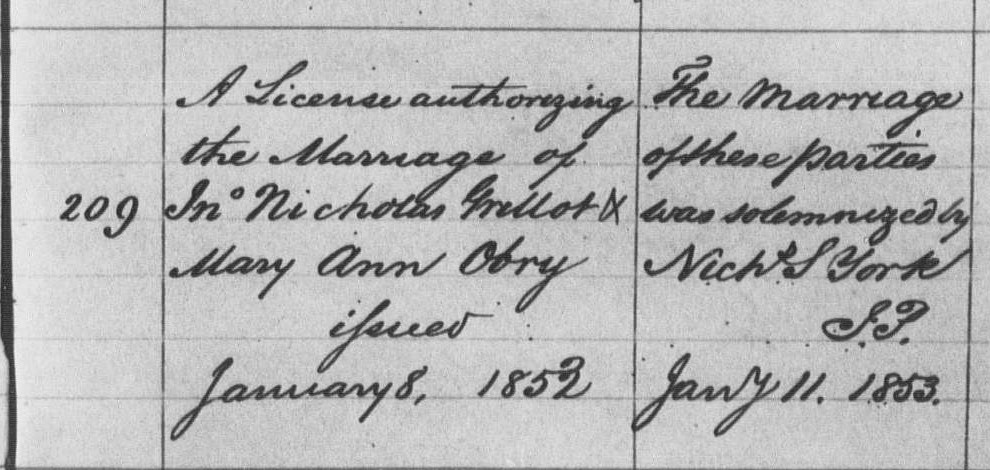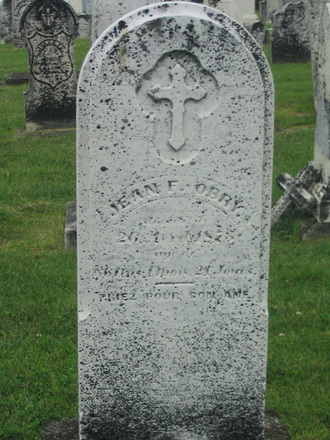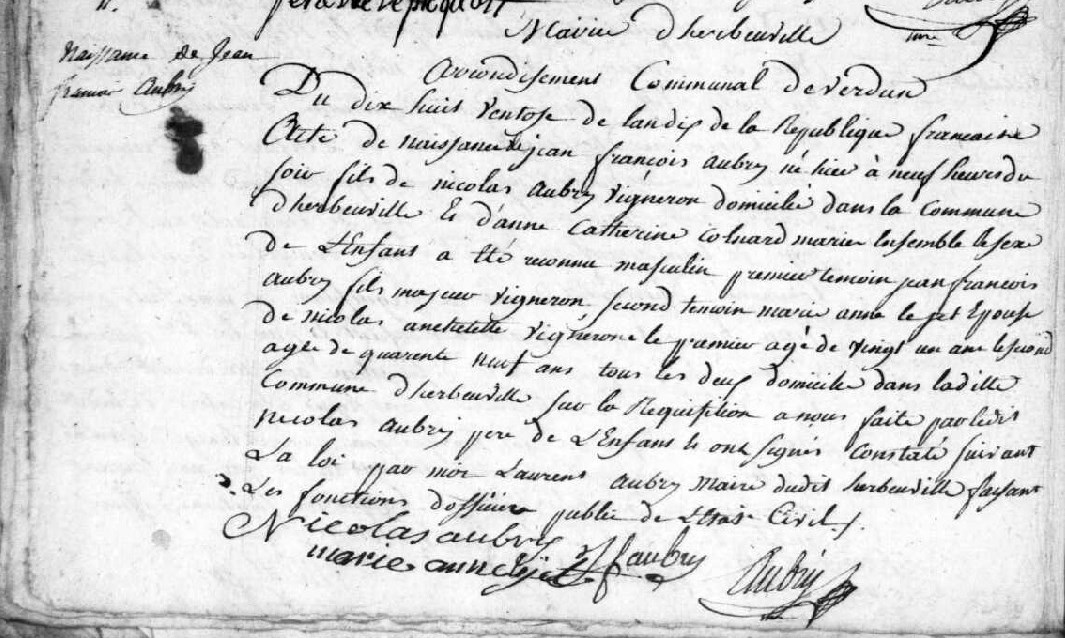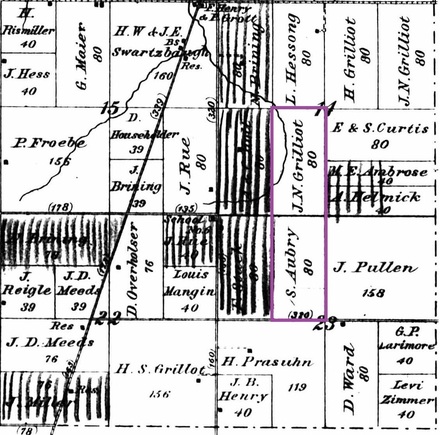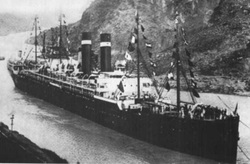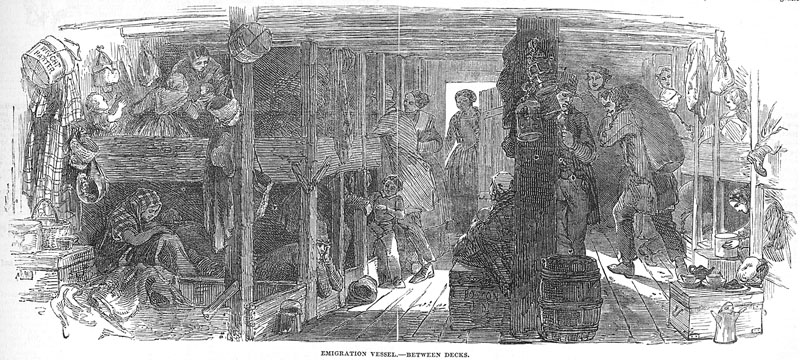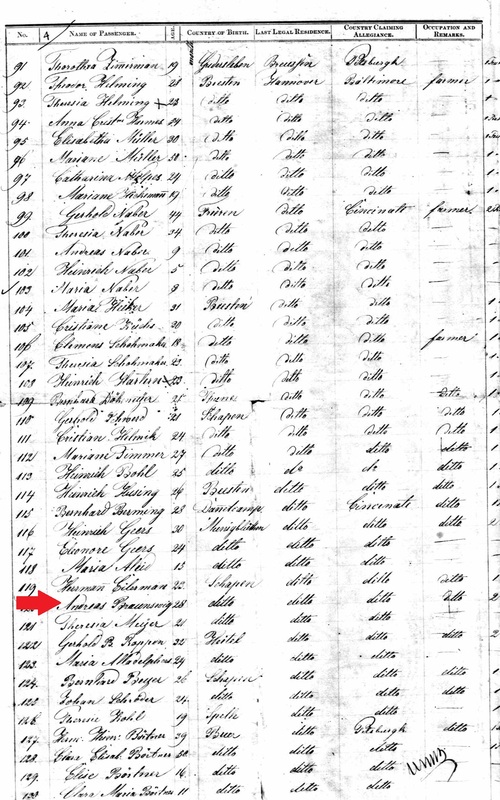This marriage record, as well as a couple of other other Grillot marriage records from 1852 to early 1853, state that the marriage was solemnized by a Justice of the Peace, NOT a Catholic priest. In fact, simply paging through the probate marriage records for these couple of years, it seems that the mention of a solemnization by a Catholic priest is rare, even for couples who are definitely French (and definitely Catholic). I am guessing that the small French community in the area had to go through longer periods without the presence of an ordained priest - perhaps they shared a priest with another community that was quite some distance away? Perhaps if that one priest suddenly passed away, they would have to wait even longer for a replacement. Whatever the case, the next step for me is to try to track down (if they exist) Catholic church records from the small parishes in this area of Darke County, to see if there ever was a church marriage for these couples who were 'officially' married by a Justice of the Peace.
Darke County, Ohio Marriage Records can be at FamilySearch.org at this link.
©2014, copyright Emily Kowalski Schroeder
